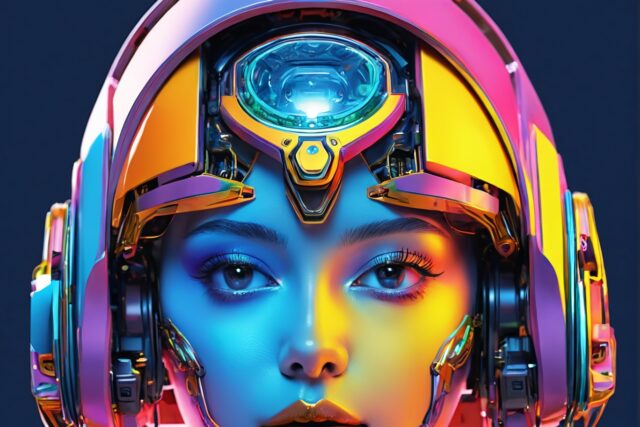Artificial Intelligence (AI) is transforming industries across the board—transportation, healthcare, and finance. Now, it’s making waves in the art world. From generating stunning digital paintings to composing music, AI tools are pushing creative boundaries, leaving us with one question: Can AI ever match or even surpass human ingenuity? AI’s capabilities in art are impressive, but they’re not without constraints. Most algorithms are trained on extensive datasets—artworks, music, and literature produced by humans—allowing them to mimic styles and patterns.
However, AI still lacks something fundamentally human: emotions, personal experiences, and cultural nuances that breathe life into artistic expression. Some critics argue that AI-generated creations are nothing more than a remix of what already exists, lacking true originality or emotional depth. On the flip side, many artists view AI as a collaborative tool—one that sparks new ideas, reveals unseen patterns, and inspires creativity in ways previously unimaginable. The question isn’t just whether AI can create masterpieces but whether it can redefine the very concept of art.
In a world where the lines between human and machine-made creativity blur, the idea of authorship is being reimagined. Is a masterpiece defined by intent, emotion, or the impact it leaves on its audience? As AI continues to evolve, the conversation around its role in art will deepen. Whether or not it will ever replace the human touch is uncertain, but one thing is clear: AI is already reshaping the creative landscape, challenging our assumptions about what art is and who—or what—can create it. Will the next masterpiece come from the hands of a human, an AI, or a combination of both? Only time will tell. But one thing’s for sure—the future of art has never been more exciting.



MOST COMMENTED
Business
Welcome to Abbie’s World!
Finance
Loans for Newcomers
Finance / Life Coach
Is It Too Soon to Retire? The Surprising Upsides of Early Retirement
Tourism
Psychology of Travelling